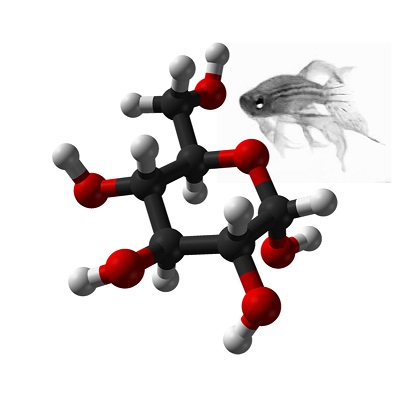Abstract
Age-related deficits in skeletal muscle function, termed sarcopenia, are due to loss of muscle mass and changes in the intrinsic mechanisms underlying contraction. Sarcopenia is associated with falls, functional decline, and mortality. Electrical impedance myography (EIM)-a minimally invasive, rapid electrophysiological tool-can be applied to animals and humans to monitor muscle health, thereby serving as a biomarker in both preclinical and clinical studies. EIM has been successfully employed in several species; however, the application of EIM to the assessment of zebrafish-a model organism amenable to high-throughput experimentation-has not been reported. Here, we demonstrated differences in EIM measures between the skeletal muscles of young (6 months of age) and aged (33 months of age) zebrafish. For example, EIM phase angle and reactance at 2 kHz showed significantly decreased phase angle (5.3 ± 2.1 versus 10.7 ± 1.5°; p = 0.001) and reactance (89.0 ± 3.9 versus 172.2 ± 54.8 ohms; p = 0.007) in aged versus young animals. Total muscle area, in addition to other morphometric features, was also strongly correlated to EIM 2 kHz phase angle across both groups (r = 0.7133, p = 0.01). Moreover, there was a strong correlation between 2 kHz phase angle and established metrics of zebrafish swimming performance, including turn angle, angular velocity, and lateral motion (r = 0.7253, r = 0.7308, r = 0.7857, respectively, p < 0.01 for all). In addition, the technique was shown to have high reproducibility between repeated measurements with a mean percentage difference of 5.34 ± 1.17% for phase angle. These relationships were also confirmed in a separate replication cohort. Together, these findings establish EIM as a fast, sensitive method for quantifying zebrafish muscle function and quality. Moreover, identifying the abnormalities in the bioelectrical properties of sarcopenic zebrafish provides new opportunities to evaluate potential therapeutics for age-related neuromuscular disorders and to interrogate the disease mechanisms of muscle degeneration.
